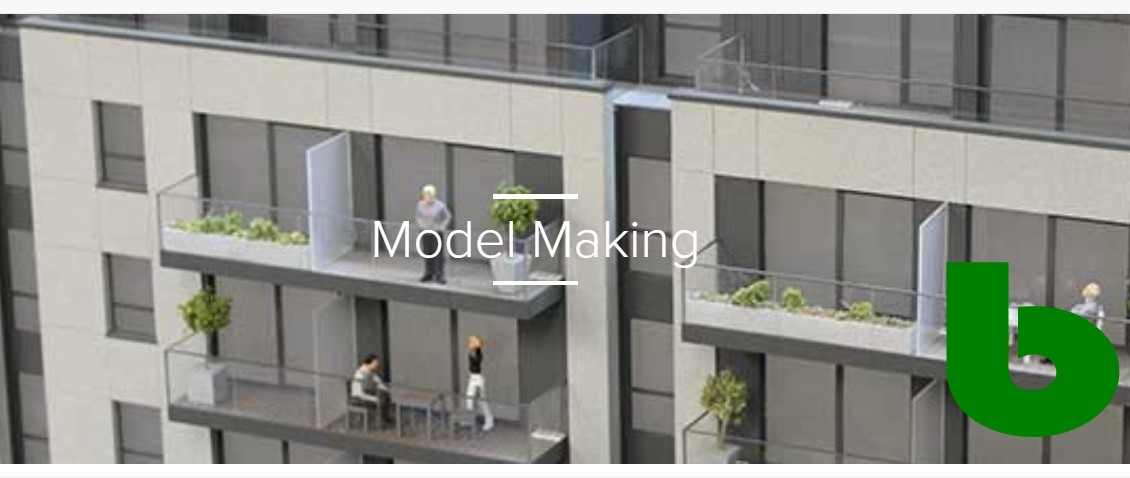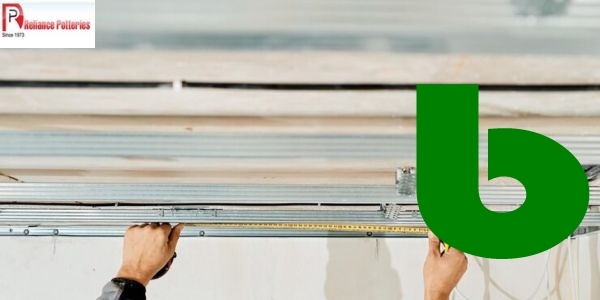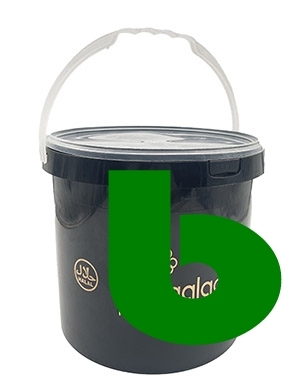Zirconia Bricks
Novo
$4234
In stock
Henan,China
0 Anterior
Zirconia bricks are specialized refractory products made primarily from zirconium dioxide (ZrO₂). Known for its outstanding thermal and chemical properties, zirconia is an advanced ceramic material with a melting point of over 2700°C. Zirconia bricks are engineered to withstand the harshest conditions in industrial furnaces, kilns, and reactors. Their high-performance capabilities make them indispensable for environments where other refractory materials would fail.
These bricks often include additives like yttria or calcium oxide for stabilization, which enhances their structural integrity under extreme conditions.
Key Features of Zirconia Bricks
1. Unmatched Thermal Resistance
Zirconia bricks have an incredibly high melting point, capable of withstanding temperatures exceeding 2400°C. This makes them ideal for applications in ultra-high-temperature furnaces and reactors.
2. Excellent Chemical Stability
Zirconia bricks resist attacks from acidic and basic slags, making them highly suitable for corrosive environments. They maintain their strength and structure even when exposed to harsh chemical conditions.
3. Low Thermal Conductivity
Unlike many refractory materials, zirconia bricks exhibit low thermal conductivity, which enhances their insulation performance and minimizes heat loss in industrial operations.
4. High Mechanical Strength
These bricks offer exceptional resistance to wear and mechanical stress, ensuring long-term performance in demanding environments.
5. Resistance to Thermal Shock
Zirconia bricks can withstand rapid temperature changes without cracking or degrading, making them ideal for applications where thermal shock is a concern.
product url: https://refractoryfurnace.com/sintered-refractories/zirconia-brick/
These bricks often include additives like yttria or calcium oxide for stabilization, which enhances their structural integrity under extreme conditions.
Key Features of Zirconia Bricks
1. Unmatched Thermal Resistance
Zirconia bricks have an incredibly high melting point, capable of withstanding temperatures exceeding 2400°C. This makes them ideal for applications in ultra-high-temperature furnaces and reactors.
2. Excellent Chemical Stability
Zirconia bricks resist attacks from acidic and basic slags, making them highly suitable for corrosive environments. They maintain their strength and structure even when exposed to harsh chemical conditions.
3. Low Thermal Conductivity
Unlike many refractory materials, zirconia bricks exhibit low thermal conductivity, which enhances their insulation performance and minimizes heat loss in industrial operations.
4. High Mechanical Strength
These bricks offer exceptional resistance to wear and mechanical stress, ensuring long-term performance in demanding environments.
5. Resistance to Thermal Shock
Zirconia bricks can withstand rapid temperature changes without cracking or degrading, making them ideal for applications where thermal shock is a concern.
product url: https://refractoryfurnace.com/sintered-refractories/zirconia-brick/
Zirconia bricks are specialized refractory products made primarily from zirconium dioxide (ZrO₂). Known for its outstanding thermal and chemical properties, zirconia is an advanced ceramic material with a melting point of over 2700°C. Zirconia bricks are engineered to withstand the harshest conditions in industrial furnaces, kilns, and reactors. Their high-performance capabilities make them indispensable for environments where other refractory materials would fail.
These bricks often include additives like yttria or calcium oxide for stabilization, which enhances their structural integrity under extreme conditions.
Key Features of Zirconia Bricks
1. Unmatched Thermal Resistance
Zirconia bricks have an incredibly high melting point, capable of withstanding temperatures exceeding 2400°C. This makes them ideal for applications in ultra-high-temperature furnaces and reactors.
2. Excellent Chemical Stability
Zirconia bricks resist attacks from acidic and basic slags, making them highly suitable for corrosive environments. They maintain their strength and structure even when exposed to harsh chemical conditions.
3. Low Thermal Conductivity
Unlike many refractory materials, zirconia bricks exhibit low thermal conductivity, which enhances their insulation performance and minimizes heat loss in industrial operations.
4. High Mechanical Strength
These bricks offer exceptional resistance to wear and mechanical stress, ensuring long-term performance in demanding environments.
5. Resistance to Thermal Shock
Zirconia bricks can withstand rapid temperature changes without cracking or degrading, making them ideal for applications where thermal shock is a concern.
product url: https://refractoryfurnace.com/sintered-refractories/zirconia-brick/
0 Comentários
0 Compartilhamentos
170 Visualizações
0 Anterior











